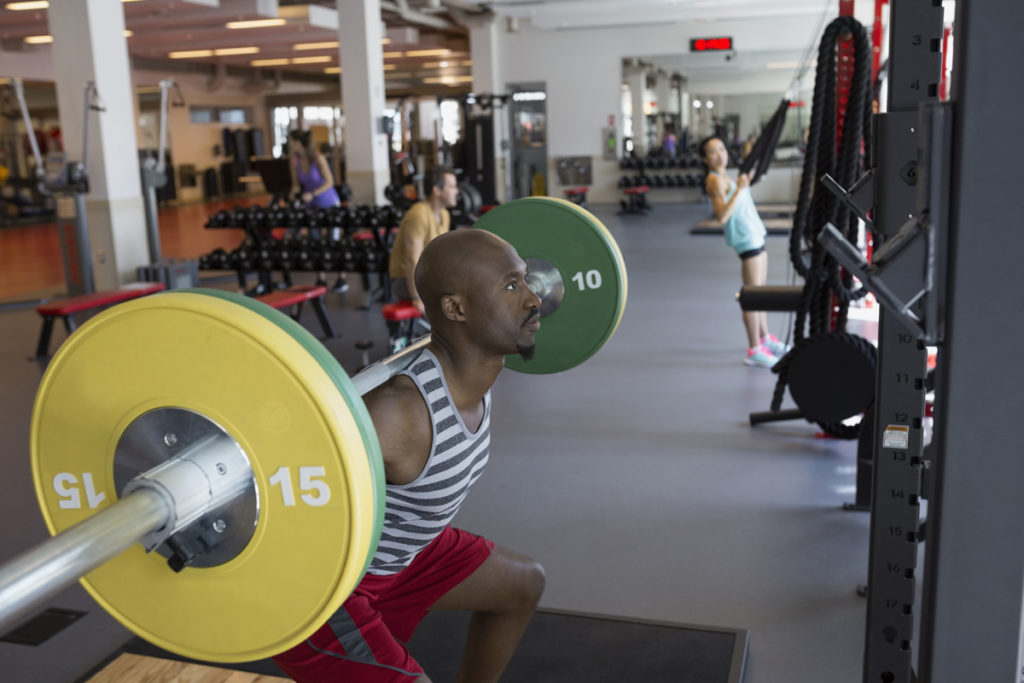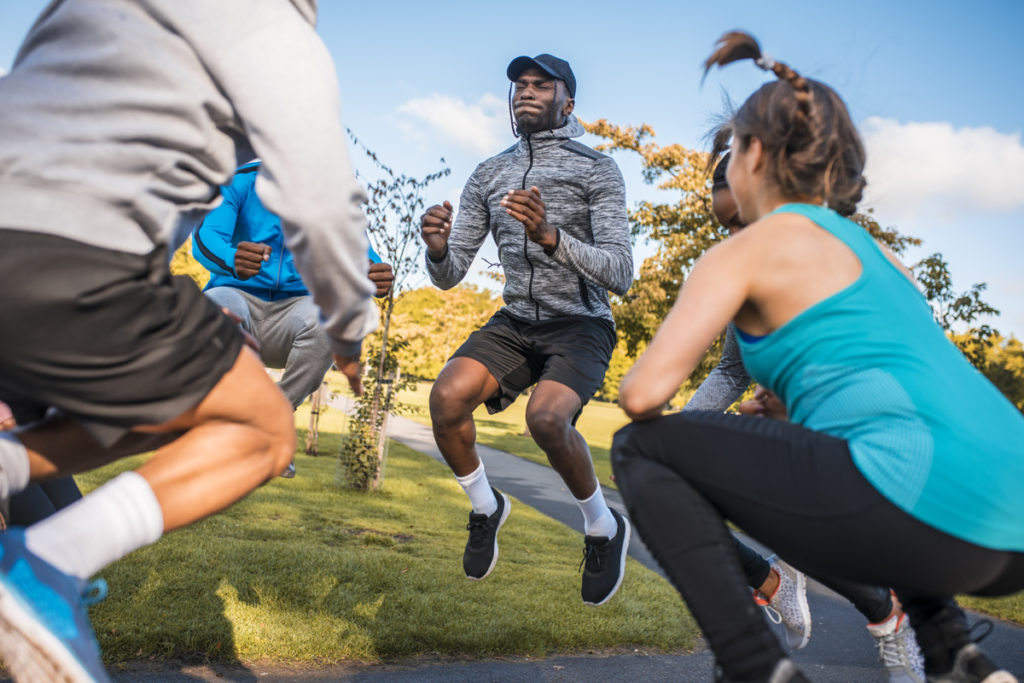Archive for March 2019
The Mobile Health Map: Exploring Telehealth
Telehealth is a huge win for nutrition experts and other wellness professionals. Embracing this ecosystem of wireless devices, digital platforms and mobile apps can give you a competitive edge with clients, who increasingly receive care via telehealth tools.
Read MoreWeight Training and Diabetes
At the medical clinic where I work as an exercise physiologist, a patient came to see me; let’s call him John. He was healthy, but his fasting blood glucose levels were high. He was in his mid-40s and had low muscle mass. John was not on medication and wanted to avoid it. He asked my advice.
Read MoreCarbohydrate Controversy: “Good” Sugars vs. “Bad” Sugars?
Physiologists regularly extol the importance of carbohydrates as a vital fuel that drives exercise and sport performance. Before the Industrial Revolution, carbohydrates were the major source of nutrients and energy for people throughout the world. Carbohydrates that come primarily from plants in the form of vegetables, fruits and grains are a direct link to the earth’s food chain. However, evidence is mounting that carbs from added sugars in cookies and soft drinks present several health risks.
Read MoreIDEA Member Spotlight: April 2019
Sarah Turkstra, MSc
Member Since 2017 • Guelph, Ontario
So many certifications! Trained in cycling to yoga (and a lot in between), Sarah Turkstra sees herself—not surprisingly—as a lifelong learner. But it’s how she’s used the lessons she’s learned that truly sets Sarah apart. “I struggled with an eating disorder from age 14 to 22, and weight lifting and exercise helped me overcome my fears around food and body image,” she says.
Question of the Month: April 2019
When you design training programs for clients, do you take exercise enjoyment into account? What strategies do you use to find out which types of physical activities clients enjoy doing most? Through experience, have you found ways that work better than others? Share your best practices and illustrative stories on how efforts to optimize client enjoyment of physical activity have produced better training results.
We want to hear from you!
Creating Enjoyable Training Programs
Physical inactivity levels continue to rise in spite of widespread knowledge of the negative consequences. University of North Carolina at Chapel Hill researchers suggest the issue may not come from a lack of knowledge but from how exercise is programmed. Studies show that simply manipulating elements of the FITT principle (frequency, intensity, time and type of exercise) does not improve adherence to exercise.
Read MoreThe State of Metabolic Health
Public health may be compromised unless people shift their lifestyle choices from bad to better, according to new research. A recent study found that only 12% of American adults are “metabolically healthy,” and current trends raise a red flag on efforts to lower associated risks of type 2 diabetes, heart disease and other complications.
Read MoreDeep Breathing and Mental Clarity
Next time you want to improve your ability to pay attention, you may want to observe your breathing. Findings from a study published in Psychophysiology (2018; doi:10.1111/psyp.13091) show that the locus coeruleus—the part of the brain that produces noradrenaline (also referred to as norepinephrine)—is directly affected by respiration. The study also shows that rates of inhalation and exhalation are related to attentional performance.
Read MoreThe Benefits of Plyometrics in the Water
Athletes who practiced jump training in water significantly improved jump height and peak power without increased injury risk, according to findings published in PLOS One (2018; 13 [12], e0208439). Researchers from the University of Technology Sydney compared athletes who performed jump training in water 1.2 meters (3 feet 11 inches) deep with athletes who followed their regular sports training—without added jump training—on land. Both groups trained three times a week for 8 weeks.
Read MoreThe Link Between “Tip-of-the-Tongue State” and Cardio Training
It might be time to motivate your senior clients to do more cardio. Evidence suggests that aerobic exercise can improve language skills by positively affecting brain regions associated with language processing. A recent study found that fitness and language skills are related, with cardiovascular fitness levels in healthy older adults directly linked to the ability to retrieve words hovering on the “tip of the tongue.”
Read MoreKids’ Inactivity: A Global Crisis
Children worldwide, in both developed and developing nations, are not engaging in enough physical activity, according to research published in the Journal of Physical Activity and Health (2018; 15 [S251]). The report evaluated global trends using data from 49 countries across six continents. Nations with the most success in supporting active children are Slovenia, Japan and Denmark; the least successful nations are Ethiopia, Venezuela and China.
Read MoreChildren Have Natural Muscle Endurance
A recent study shows that children are suited to endurance activities, not only because kids have fatigue-resistant muscles, but because they recover quickly from high-intensity exercise—even more quickly than trained adult endurance athletes. Researchers conducted the study to determine whether prepubescent children are metabolically comparable to well-trained adult endurance athletes, since it’s been established that children can complete repeated high-intensity exercise bouts more easily than untrained adults.
Read MoreMore Sleep vs. More Exercise
New research reveals that many working Americans are conflicted about whether to spend time exercising or sleeping. University of Pennsylvania investigators analyzed data from 48,000 adults who participated in the American Time Use Survey between 2003 and 2016. The researchers found that for most individuals sleep duration decreased as exercise duration increased, which led to the conclusion that exercise and sleep compete with each other for time.
Read MoreGenerating Leads With LinkedIn
Every business owner knows that consumers are spending more time on social media than ever before. If you want to reach prospective clients, you must have a social media presence. Be where your prospects are.
Read MoreThe Rise of Virtual Classes
Exercising in front of a television, computer screen or mobile device is nothing new. Since the advent of VHS tapes, fitness programs have offered users an opportunity to get their sweat on whenever they choose in the comfort of their home. Over the past several years, however, fitness facilities have leveraged new technology to offer virtual classes on-site in hopes of luring exercisers out of their living rooms and into the group exercise room.
Read MoreIntegrating Cognitive Training Into Exercise Programs for Older Adults
How can you “cognify” exercises to give your clients a big kick in the hippocampus? The basic ideas here can help you integrate cognitive stimuli into most exercises.
Read More














